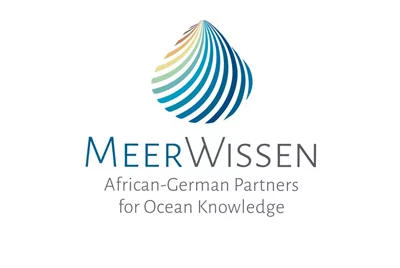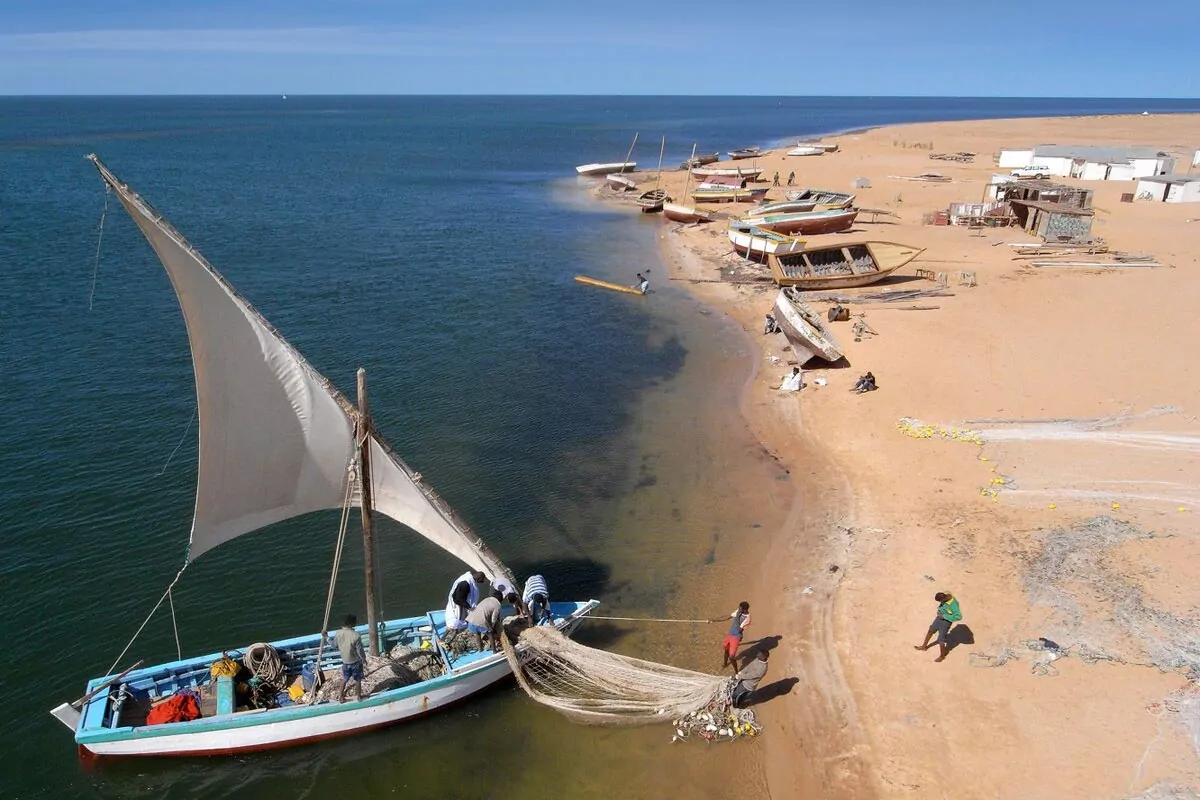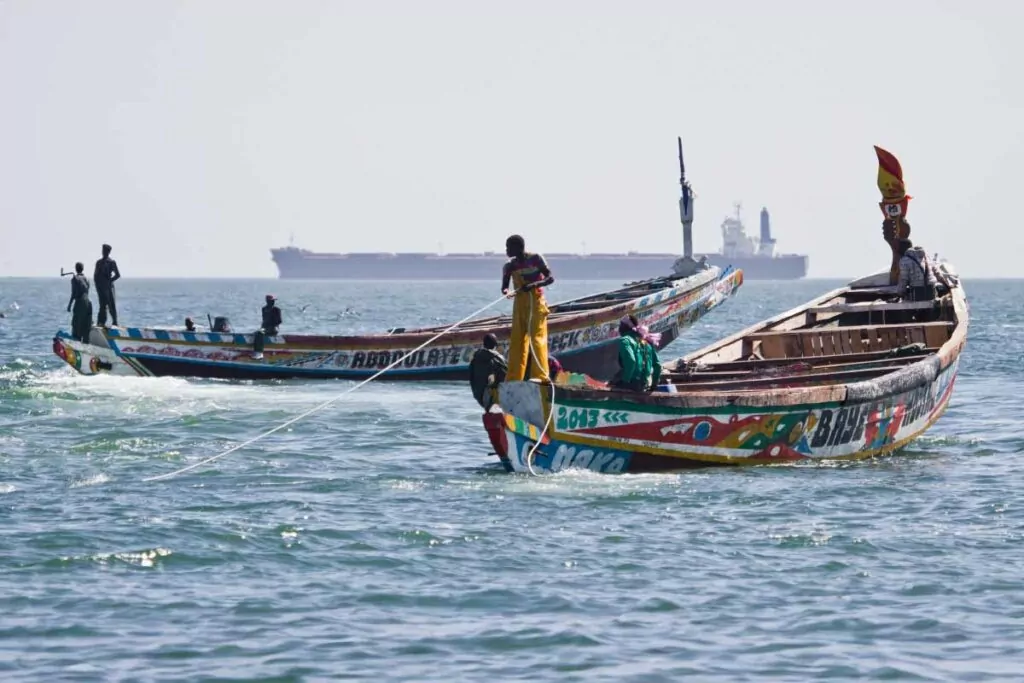As part of the WASP project, we would like to present the first episode of a three-part educational video series about the Mauritanian marine ecosystem and the background of the project. Watch the first episode here.
Mauritania is a country situated at the north-western coast of the African continent, bordered by the Atlantic Ocean to the west and the Sahara Desert to the east. The country is mainly characterized by desert and only in the southern Sahel zone, the transition area between the Sahara and the tropical rainforest, is some vegetation present. In these rural areas, the Mauritanian people traditionally live from agriculture and livestock, a simple lifestyle strongly dependent on the area’s variable rainfall. In contrast to the hot and dry climate of inland Mauritania, the sea off the country’s 750 km long coastline is cold and resource rich, representing a promising basis for a secure future.
This drastic contrast between the cool and fertile water and the hot and barren land is created by the northern trade wind. The strong winds push water masses away from the coast, resulting in a phenomenon called upwelling as cold, nutrient rich bottom water is brought up to the surface. These nutrients, in combination with the sunlight reaching the surface layers of the sea, feed microscopic plants called phytoplankton which build the basis of a large and complex ecosystem, comprising many different species.
There are four of these upwelling systems on our planet, each of them located at the eastern borders of the oceans. In total, they only cover around 1% of the ocean surface, but they provide 25% of the world’s fishery produce. Their incredible productivity emphasizes the need to know how fragile these ecosystems are towards anthropogenic stressors such as fishing, offshore activities and climate change. Growing pressure on the Mauritanian coastal ecosystem can quickly reach and surpass a point of no return, and the dream of a secure future based on a sustainable marine economy is lost. Therefore, investments in research are necessary to investigate the system’s limitations and how pressures can be reduced.
Stay tuned for the second episode, which will cover important marine research areas.


